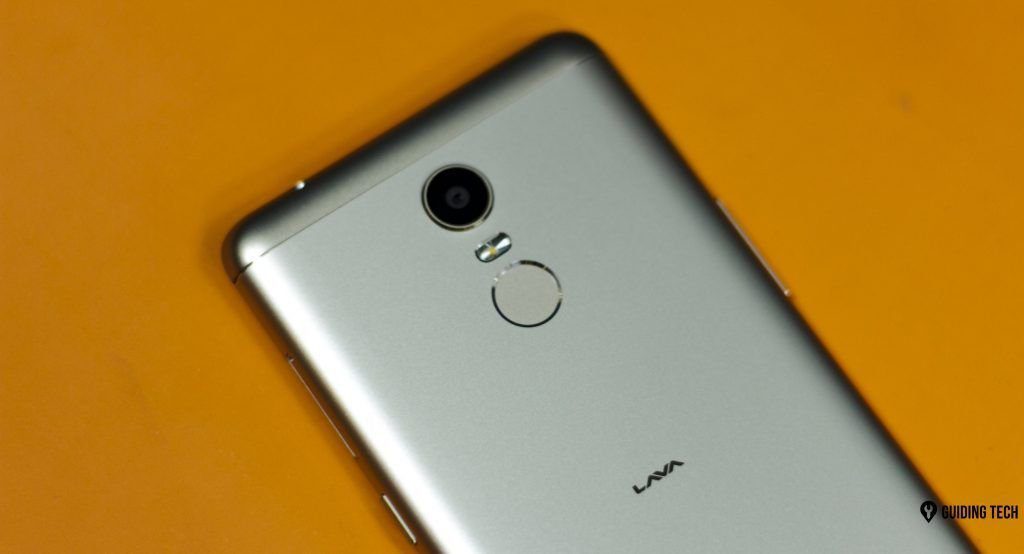Well, that’s what we will explore today as we explain how a smart thermostat works and the benefits it brings to the table. Since it’s going to be a long read, let’s get going, shall we? But first,
Here are the best mesh Wi-Fi routers for large homes Smart plug vs smart outlet: which is better for your smart home Check out the best renter-friendly smart home gadgets that you can buy
What Is a Smart Thermostat
Like most smart home devices, smart thermostats also ease your life by letting you control the temperature of your house through a smartphone app. As you may have expected, they connect to your home Wi-Fi. You can also create schedules and base the temperature on your requirement. With time, smart thermostats have also turned smarter and more intelligent. Some smart thermostats can now ‘learn’ your behavior and adjust the temperature as per your habits and daily routine. One of the primary examples of such behavior-learning thermostats is the one by Google Nest. This one helps you save money and energy by switching to an energy-saving mode when it detects no one in the room or when you are away from home. Google Nest takes the help of motion sensors, temperature sensors, and connected smartphones for it. With time, it will learn your behavior and adjust the heating or cooling accordingly. At the same time, some thermostats adjust the room temperatures as per local weather conditions. But, smart thermostats work best if you have an HVAC (Heating, Ventilation, and Air Conditioning) or central air conditioning. But if you live in an aged home that uses hot water radiators, you may see less difference in energy consumption or utility bills.
How Is It Different From Conventional Thermostats
A smart thermostat has quite a few other sensors compared to conventional thermostats. As noted earlier, it takes the aid of a motion sensor to see whether the room is empty. Some smart thermostats come with geo-fencing features. So if you step out of your house, the device will do so.
More importantly, you get a nifty interface on your smartphone where you can control the temperature and set up auto schedules. Compared to the cumbersome button on traditional thermostats, these features seem a godsend.
Do They Save You Money
One of the best advantages of smart thermostats is that they help you save on your utility bill and money since they switch off or go to energy-saving mode when not in active use. Of course, you won’t see the changes overnight. As the smart thermostat learns your behavior over time or when you set up smart routines and schedules, you will see changes in your utility bill. A study by the Environmental Protection Agency suggests that quality smart thermostats can save up to 8 percent on utility bills. It’s worth noting that figures will depend on your rate of electricity bills and your consumption.
The good thing is that installing smart thermostats is a simple procedure. You can install it just like a conventional, non-smart thermostat. However, you will have to take the pains of connecting it to your home Wi-Fi and ensuring that the connecting module or the main device is in a strong Wi-Fi range. After that, it will take a few days for the smart device to customize as per your routines and schedule. Or, if it’s not one of the premium models, you can model its routines and temperature to your preferences.
Smart Controls
Apart from the automation features, some smart thermostats come with smart alerts, geofencing, and voice controls, etc. As you may have guessed, it adds to the convenience. The best part is that you can control it remotely. Want to come home to a warm and cozy room, a simple tap on the app will do the job. Some smart sensors, like the ones from Tado, feature smart radiator valves that help regulate individual room temperatures. Naturally, it can optimize a room’s temperature as per the need of the hour. Here again, the same rule applies—your house must be compatible with these smart systems to work their best. That said, some smart sensors also twin well with individual temperature sensors. Another nifty feature is smart alerts. These alerts nudge you from switching to extreme cooling or heating temperatures and thus help you save energy. At the same time, you can build an army of smart home devices with the aid of routines or recipes. For example, you can set your smart thermostat to revert to energy-saving mode or switch off when it detects a door or window open via the smart door sensor. Cool, right? After all, saving energy is the key here.
Should You Buy a Smart Thermostat
If you are worried about your high utility bills and are concerned about saving electricity, then you already know the answer to this question. Even if you do not opt for the convenience of machine learning and AI associated with premium thermostats, you can still pick one of the basic smart thermostats. These devices will give you the convenience of controlling everything from your phone. The above article may contain affiliate links which help support Guiding Tech. However, it does not affect our editorial integrity. The content remains unbiased and authentic.












